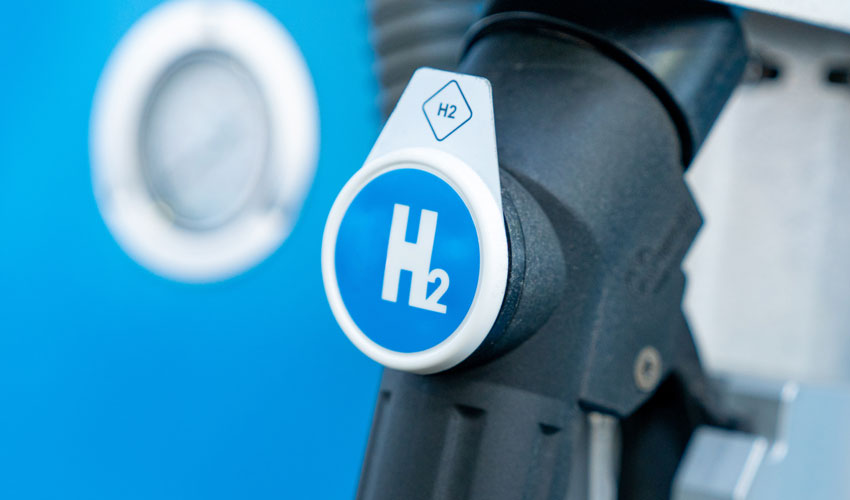CGA Board of Directors Approves Hydrogen Safety Mission Statement and Objectives
May 14, 2021
The Compressed Gas Association (CGA) and our members have maintained a focus on hydrogen for many years. This has taken the form of safety publications dealing with the production, transport, storage, and use of hydrogen, primarily in an industrial setting. Now, the growing need to decarbonize the global economy has increased the importance of hydrogen as it moves from primarily industrial uses to more consumer level applications.
CGA’s focus on hydrogen safety is also expanding from industrial to near consumer applications, particularly the use of hydrogen in the fuel cell electric vehicle (FCEV) industry.
In support of this expanding focus, the CGA Board of Directors at its April 2021 meeting, approved a new Hydrogen Safety Mission Statement and 5 hydrogen specific safety objectives, developed in cooperation between CGA executive staff and our Hydrogen Strategy Task Force.
Hydrogen Safety Mission Statement
CGA will develop and communicate safety information for the production, storage, transport, and use of hydrogen in the fuel cell electric vehicle (FCEV) industry.
Hydrogen Safety Objectives
- Provide safety information to stakeholders
- Capture and promote best practices
- Identify, collaborate, and partner with like-minded groups
- Support U.S. and Canada federal and state/provincial advocacy efforts with safety messages
- Establish CGA as a leading authority on hydrogen safety
How do we plan to meet these objectives?
1) Provide safety information to stakeholders
We will expand our focus outward to provide a broad spectrum of safety information to two new audiences: the public (those that are materially affected) and hydrogen fueling station designers, builders, and operators.
Information for the public focuses on the safety of hydrogen and puts hazards into context, describing mitigations to make hydrogen safe to use.
For hydrogen fueling station designers, builders, and operators, CGA identifies and encourages the use of best practices for construction and operation.
2) Capture and promote best practices
We will continue to develop CGA publications for use by CGA members and non-members alike, and will continue to petition their incorporation, where appropriate, into federal, state, provincial, and local regulations. We will also continue our active involvement in external standards developing groups related to hydrogen safety, such as ISO TC 197, the National Fire Protection Association (NFPA), and International Code Council.
3) Identify, collaborate, and partner with like-minded groups
There are many organizations in the hydrogen space promoting the use of hydrogen as a vehicle fuel. By actively engaging with appropriate groups, CGA will reach a wider audience with our messages about hydrogen safety. The type and level of engagement will vary with each organization.
To date, CGA has entered into reciprocal memberships with the Fuel Cell and Hydrogen Energy Association (FCHEA) and the California Fuel Cell Partnership (CaFCP). Our cooperative efforts with these well-regarded organizations will continue to bear fruit.
4) Support federal and state advocacy efforts with safety messages
Whether directly or in concert with other organizations, CGA will continue to advocate for regulations regarding hydrogen safety at the federal, state, provincial, and/or local levels in the U.S. and Canada that are effective and appropriate. This plays a key role in maintaining self-regulation.
5) Establish CGA as a leading authority on hydrogen safety to the FCEV industry
CGA is already viewed throughout North America and globally as a trusted source for industrial gas safety information, including related to hydrogen. Through wider outreach, we will strive to establish ourselves with a broader audience as a known and trusted source of credible information on the safe use of hydrogen.


